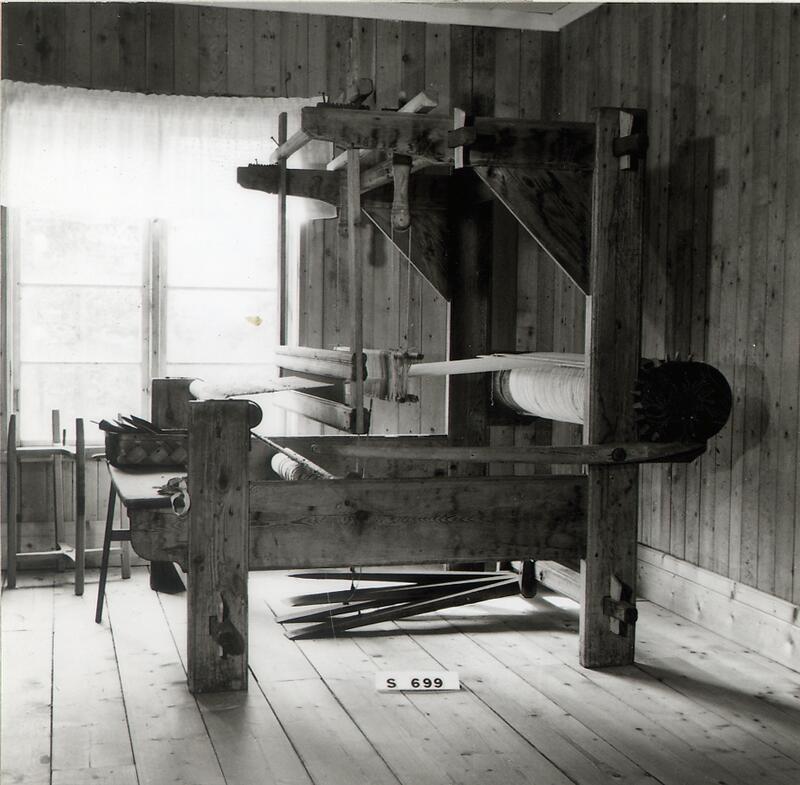Kulturarvet är en viktig resurs – inte bara för att bevara vår historia, utan också som drivkraft för innovation, samverkan och hållbar utveckling. Genom projekt och initiativ som fokuserar på social, ekonomisk och ekologisk hållbarhet och utveckling bidrar kulturarvet till framtidens samhällsbyggande.
Projekt
För att lyckas med detta uppdrag driver Västernorrlands museum flera externfinansierade projekt i samverkan med näringslivet, offentlig sektor och ideella aktörer. Projekten syftar till att stärka kulturarvets roll, men också till att stimulera plats- och produktutveckling, varumärkesbyggande och utveckling av nya arbetssätt och metoder.
Nedan hittar du mer information om våra pågående och avslutade projekt.
